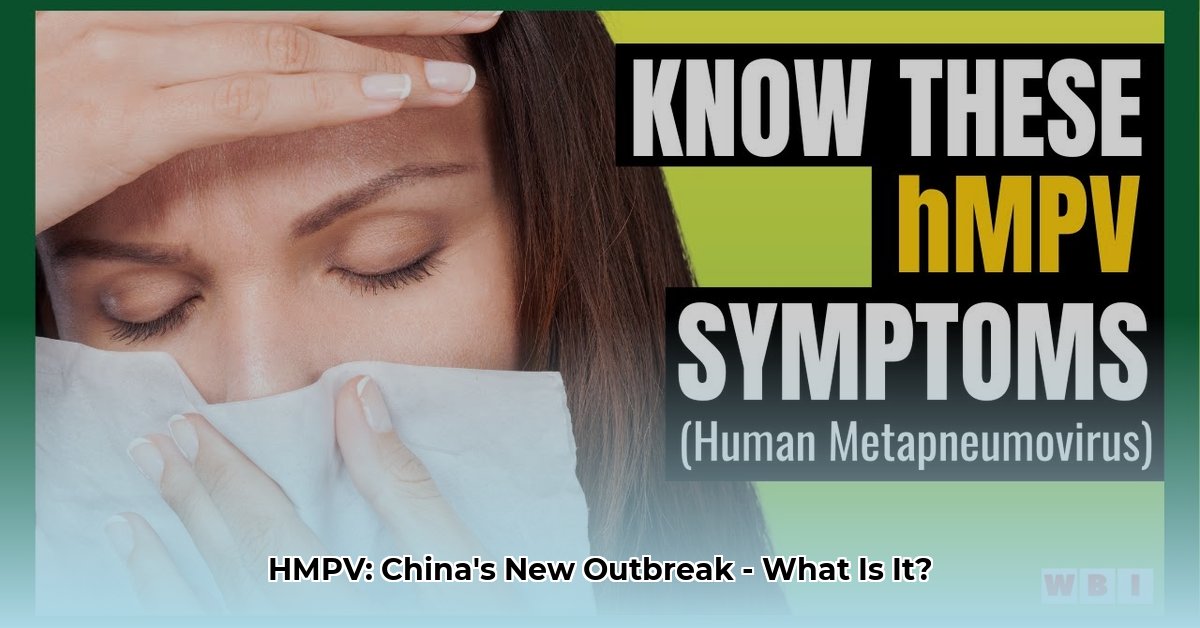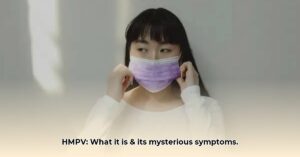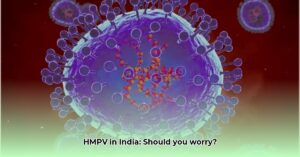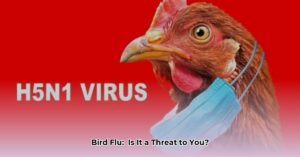Human metapneumovirus (HMPV) is causing a surge of respiratory illnesses in China. While not officially declared an outbreak by global health authorities, the increased activity warrants attention. This informational guide provides a clear overview of HMPV symptoms, compares them to other common respiratory illnesses, and offers practical advice for protection and seeking medical care.
Recognizing HMPV Symptoms
HMPV often mimics a common cold, making diagnosis tricky. Symptoms typically include:
- Runny nose: Clear or slightly colored nasal discharge.
- Cough: Can be dry or produce mucus; may be persistent or intermittent.
- Fever: Elevated body temperature, often mild but can be higher.
- Sore throat: Pain or scratchiness in the throat.
- Headache: Pain in the head.
- Body aches: General muscle pain and discomfort.
- Wheezing: A whistling sound during breathing (more common in infants and young children).
- Shortness of breath: Labored or rapid breathing.
HMPV vs. Flu and COVID-19
Distinguishing HMPV from other respiratory illnesses based on symptoms alone is challenging due to significant overlap. This table highlights key similarities and differences:
| Feature | HMPV | Flu | COVID-19 |
|---|---|---|---|
| Usual Symptoms | Runny nose, cough, sore throat, fever | Fever, cough, body aches, fatigue | Fever, cough, shortness of breath, loss of taste/smell |
| Severe Cases | Bronchitis, pneumonia (especially in infants, elderly, and immunocompromised) | Pneumonia, respiratory failure | Pneumonia, acute respiratory distress syndrome (ARDS) |
| Treatment | Supportive care; manage symptoms | Antiviral medications may be prescribed | Antiviral medications and other treatments may be prescribed |
This comparison is for informational purposes only and should not be used for self-diagnosis. Consulting a healthcare professional is crucial for accurate diagnosis.
What to Do If You Experience Symptoms
- Consult a healthcare professional: They can accurately diagnose your illness and recommend appropriate care.
- Rest and hydrate: Give your body the support it needs to fight off the virus.
- Over-the-counter relief: Medications like pain relievers and cough suppressants can help manage symptoms. Always consult a doctor before giving medication to children.
- Isolate yourself: Staying home when sick prevents spreading the illness to others.
Preventing HMPV Transmission
Protecting yourself from HMPV involves practicing good hygiene:
- Frequent handwashing: Wash your hands thoroughly with soap and water for at least 20 seconds, especially after coughing, sneezing, or touching your face. Use an alcohol-based hand sanitizer if soap and water are unavailable.
- Respiratory etiquette: Cover your coughs and sneezes with a tissue or your elbow.
- Disinfect surfaces: Regularly clean frequently touched surfaces like doorknobs and countertops.
- Consider a mask: Wearing a mask in crowded areas can provide additional protection.
The HMPV Situation in China
While HMPV circulates globally, the recent surge in China is likely due to factors such as relaxed COVID-19 restrictions, leading to increased social interaction and viral transmission. The symptoms observed in China are consistent with typical HMPV presentations seen worldwide.
Seeking Medical Attention
Most HMPV infections are mild and resolve with supportive care. However, consult a doctor if:
- Symptoms worsen: If your cough becomes severe, you develop difficulty breathing, or your fever spikes.
- You are at higher risk: Infants, the elderly, and individuals with weakened immune systems are more susceptible to complications like bronchitis or pneumonia.
Staying Informed
The HMPV situation is dynamic. Stay updated on the latest information from reliable sources like the World Health Organization (WHO) and the Centers for Disease Control and Prevention (CDC). Ongoing research continues to shed light on HMPV’s long-term effects, transmission patterns, and potential treatments.
Disclaimer: This information is for educational purposes only and is not a substitute for professional medical advice. Always consult a healthcare provider for any health concerns or before making any decisions related to your health or treatment.




